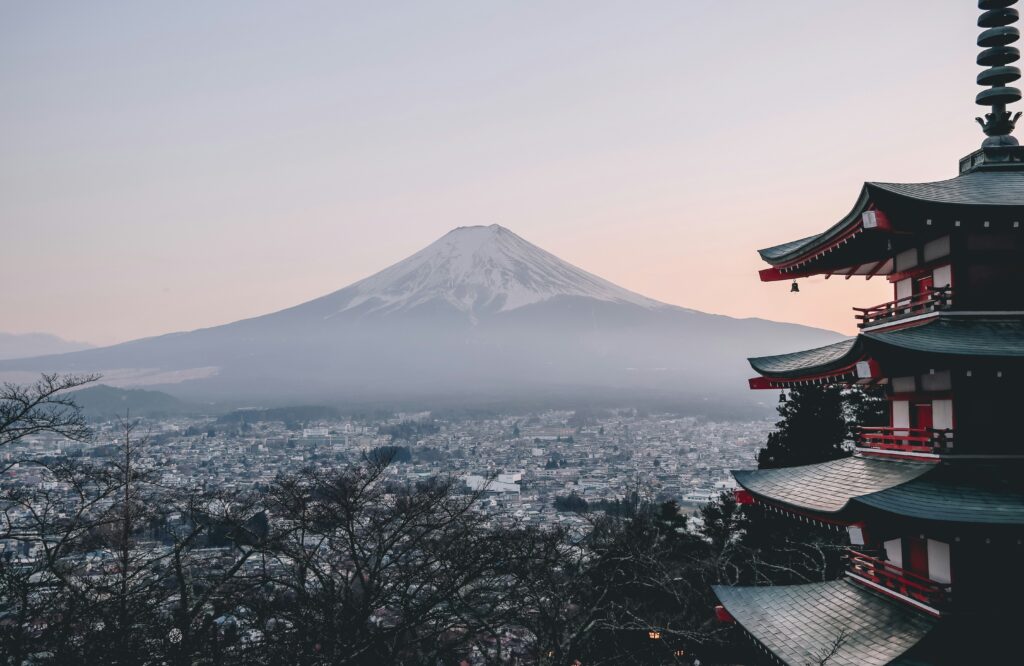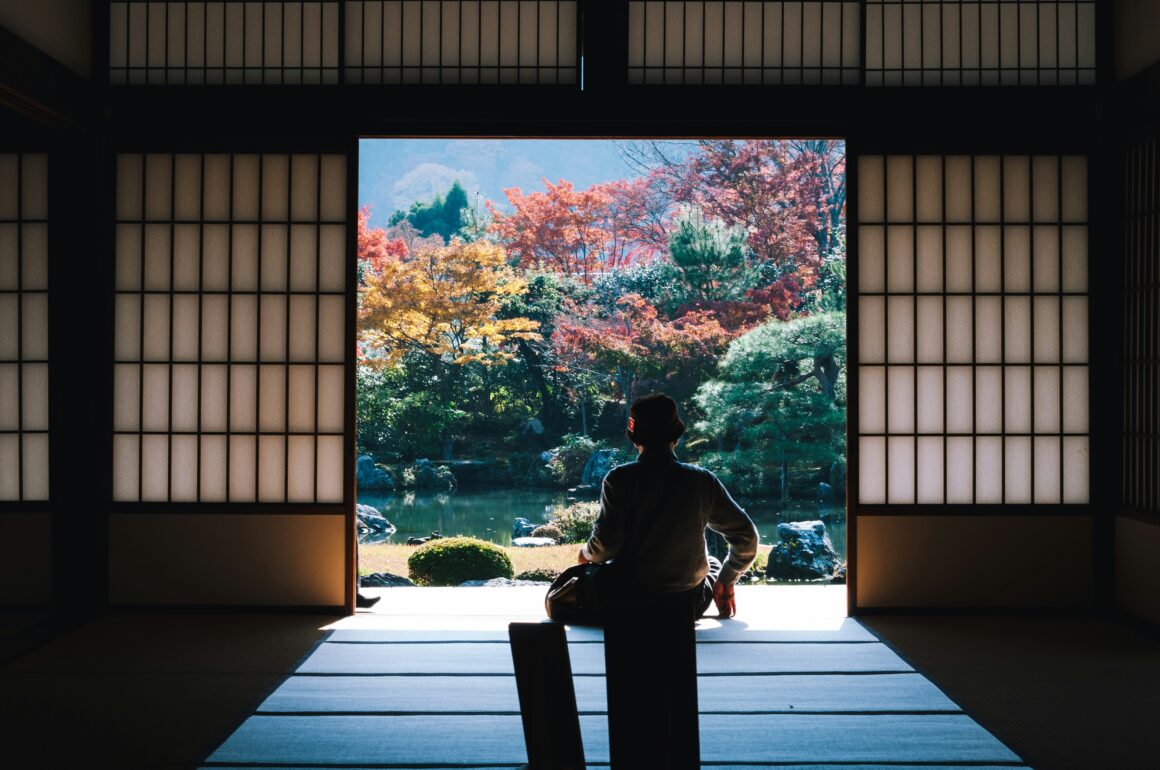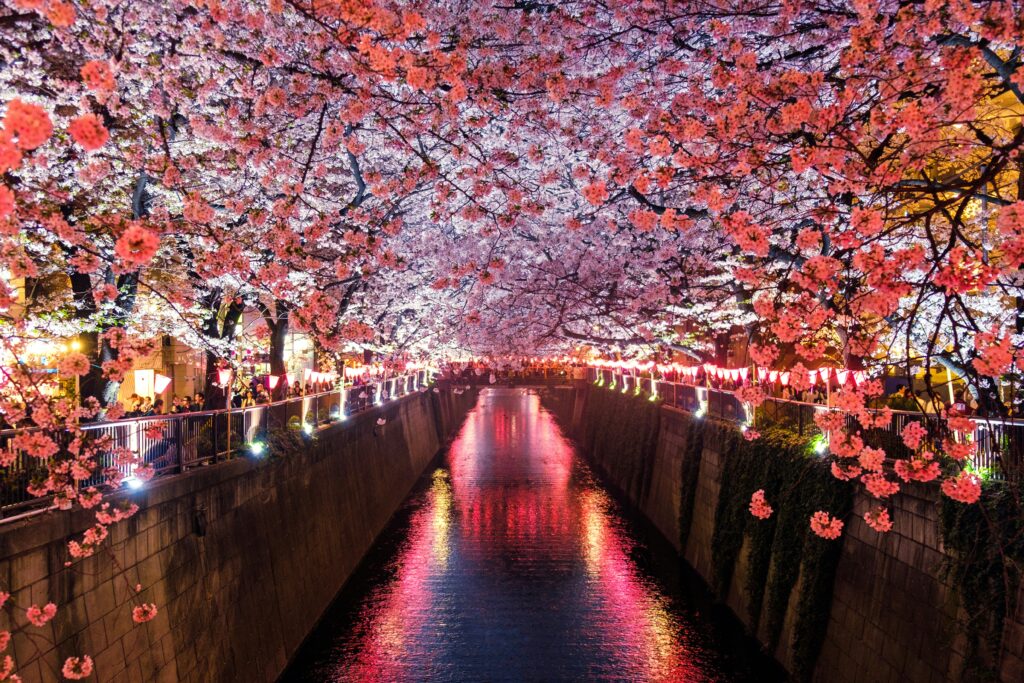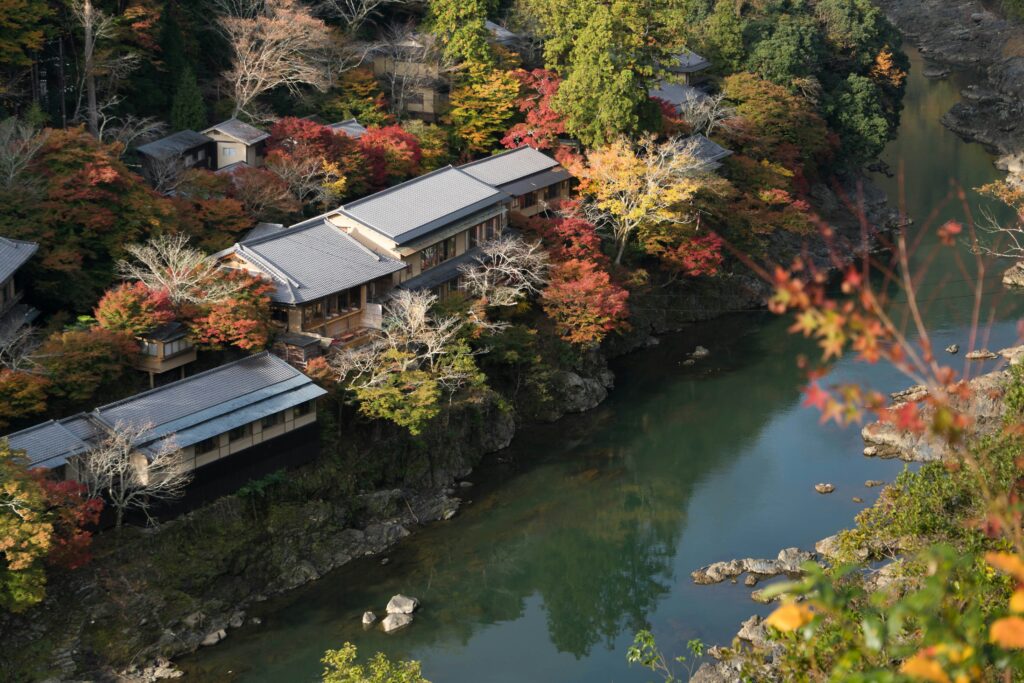If planning your Japan packing list is stressing you out, then you’re in the right place. Our comprehensive list of what to pack for Japan will have you covered whatever the season, and whatever the weather decides to throw at you. Are you ready to visit Japan? With this packing list, you will be.
What should I pack for 2 weeks in Japan?
Shoes that are easy to slip on and off
Many places in Japan require you to take off your shoes upon entry, from restaurants to temples, so having a pair of shoes that’s easy to get on and off will come in very handy. If you’re unsure whether you should be taking off your shoes, look out for tatami mats – if you see them, it generally means shoes off. Obviously you don’t want to then be barefoot (especially in the summer if you’ve been wearing sandals), so make sure you pack some small socks for these instances too. It’s a good idea to keep them in your bag as you sightsee around Japan.
Related reading: A Haven of Tranquillity: Discovering the Best Luxury Spas in Japan
Comfortable walking shoes
Tokyo was named one of the most walkable cities in the world and the number one most walkable city in Asia, so it goes without saying that a good pair of walking shoes is a Japan packing list essential. We’d recommend breaking any new pairs in before your trip.
Weather dependent clothing
Particularly in the shoulder seasons of spring and fall, Japanese weather can be changeable with the threat of sporadic rain showers, though these won’t be a problem if you’re adequately prepared! Obviously the clothes you pack will depend on when you’re traveling to Japan – more on that later with our Japan packing list for each season below.
Discover majestic Japan on our luxury Japan tour.
Japanese yen
Our best tip is to withdraw Japanese yen once you arrive in Japan – don’t get it at home as you’ll get a terrible exchange rate. There are a number of ATMs in Japan; 7-11 convenience stores offer the easiest option as they’re open 24 hours a day, while Japanese postal ATMs also accept most foreign cards but are only open during post office opening hours. We wouldn’t wait too long to get your cash, however; Japan is a very cash-oriented society, even more so in rural areas. Though a growing number of shops and restaurants accept most credit and debit cards, you don’t want to get caught out.
Japan rail pass
If you’re planning on traveling around Japan, then a Japan Rail Pass will be invaluable to you. It grants unlimited travel across Japan’s JR Network, including the Shinkansen bullet trains and conventional rail lines, covering over 20,000 km of rail. Not only is it convenient (no more panicking at foreign train stations), but highly cost-effective as well – a round trip between Tokyo and Kyoto costs about the same as a 7-day Japan Rail Pass, which offers unlimited travel for the same price.
It’s a physical ticket, so make sure you order it at least two weeks before you fly to Japan (although you can order it up to six months in advance of your trip) to allow ample shipping time. Additionally, the Japan Rail Pass includes access to local JR buses, ferries, and the Tokyo Monorail. It also offers various discounts at hotels, shops, and museums.
All the usuals
It goes without saying that you’ll need to sort any visas, passports, and travel insurance with plenty of time before your trip. Make sure your passport has at least six months validity from your return date, and one empty page. Travelers with U.S. passports must have visas for short-term visits (up to 90 days).
What to wear in Japan
Prepare for Japanese weather
The weather in Japan can vary greatly as it has distinct seasons, but the weather can vary within seasons too – particularly during the spring. Here’s your Japan packing essentials for each season. Your Japan packing list will depend greatly on what time of year you’re traveling. To get the most out of your trip to Japan, you’ll want to be appropriately dressed.
Read more: Guardians of a National Icon: Meet Japan’s Cherry Blossom Doctors
Spring (March to May)
With the cherry blossoms in full bloom and mild weather, spring is the perfect time for exploring – just make sure you pack a rain coat!
- Light layers of clothing, including both T-shirts and long-sleeve shirts, and thin sweaters.
- A thicker jacket or cardigan.
- A raincoat and, if you have room, an umbrella.
You might also like: Bird Costumes and Cherry Blossom: Why Spring is the Best Time to Visit Japan
Summer (June to August)
Summer in Japan starts with the rainy season in June and July, which is when you’ll absolutely need a waterproof. The weather starts to become warmer and more humid towards August.
- Breathable, light clothing including shorts, camisoles, t-shirts, dresses, and skirts.
- Sunscreen, sunhat and sunglasses.
- Swimsuit if you plan on visiting the beach or onsen (hot spring).
- Comfortable sandals (with a spare pair of socks for entering traditional buildings).
- Insect repellent.
- Breathable waterproof in case of showers.
- A handheld fan to wave away the heat.
Fall (September to November)
Visiting Japan in fall allows you to see the beautiful changing of the seasons as the foliage turns a stunning shade of oranges and reds. The cooler weather makes it the perfect time to explore on-foot, though around September time comes typhoon season, bringing a risk of heavy rainstorms, getting drier towards November.
- Easily-layered clothing, including long-sleeve tops, light sweaters and a jacket for the evenings.
- Scarves, gloves, and a hat for late autumn chill.
- Waterproofs for unexpected showers.
Winter (December to February)
Winter in Japan varies from mild temperatures in the southern regions to cold and fairly snowy in the northern areas. Time to wrap up warm!
- Warm clothing and layers, such as thick sweaters, thermals and a decent coat.
- Water-resistant walking shoes.
- Thermal socks and gloves.
- Scarves, beanies and earmuffs if you’re traveling further north.
Dressing appropriately in Japan
It’s not just the weather you need to think about when it comes to packing your clothes. If you’re walking around temples and shrines, it is a good idea to be respectful and have a top layer with sleeves and no tummy or cleavage showing. However, it is not a rule and you’ll sometimes see Japanese people not following these dress-code standards. But as an outsider, I feel like being respectful ( or, at least, showing that you’re trying) is more important.

Though tattoos have been legal in Japan since 1948, it’s worth remembering that it’s best to cover them up in temples, shrines, and ryokan (a type of traditional Japanese inn), while tattoos are banned at most onsen hot springs, swimming pools, water parks, and beaches. You can cover them up with clothes or bandages.
What not to bring when travelling to Japan
One thing you should add to your Japan packing list is suitcase space. Make sure you leave enough room to bring back any mementos from your trip – pack light so you can make the most of the incredible shopping districts like Tokyo’s Shibuya and Ginza.
If you’ve traveled internationally, you’ll be familiar with the rules and customs of flying. In case you’re not, items such as meat, fresh fruit and vegetables, and counterfeit items are prohibited when flying in and out of Japan.
Now you know what to bring, it’s time to see Japan for yourself on our Japan luxury tour.














